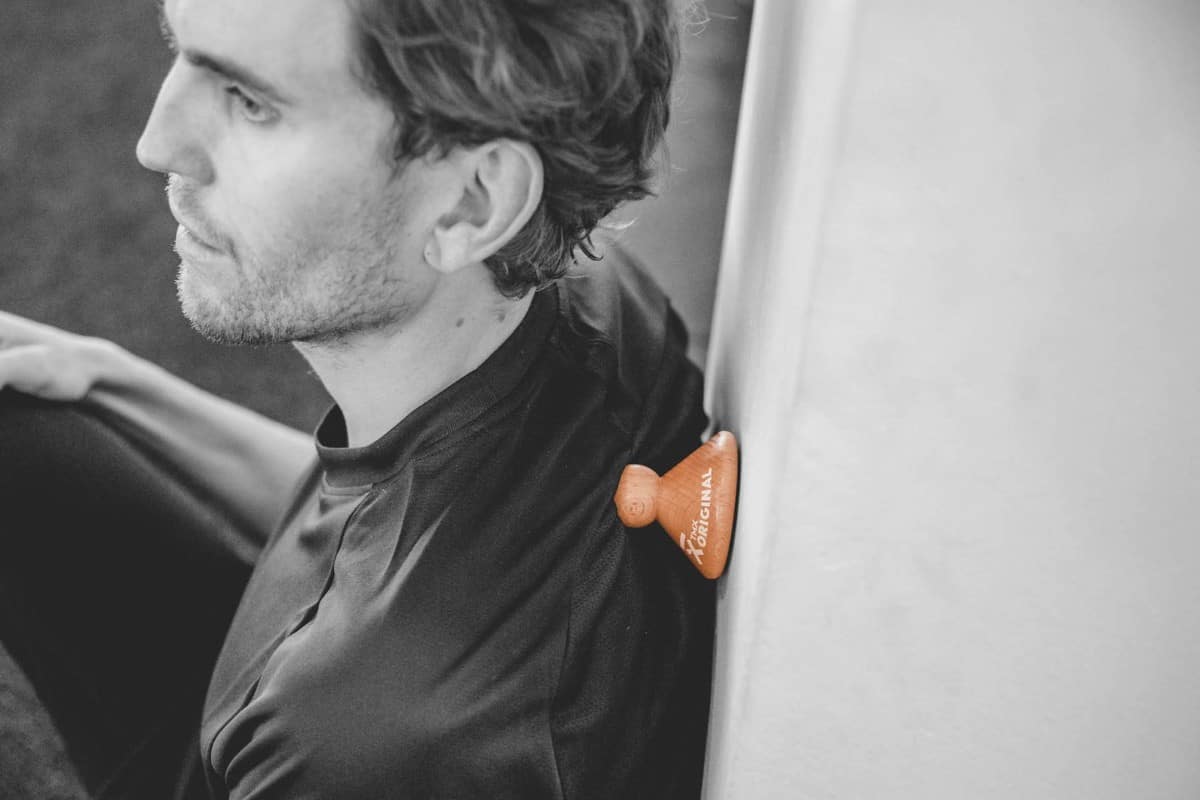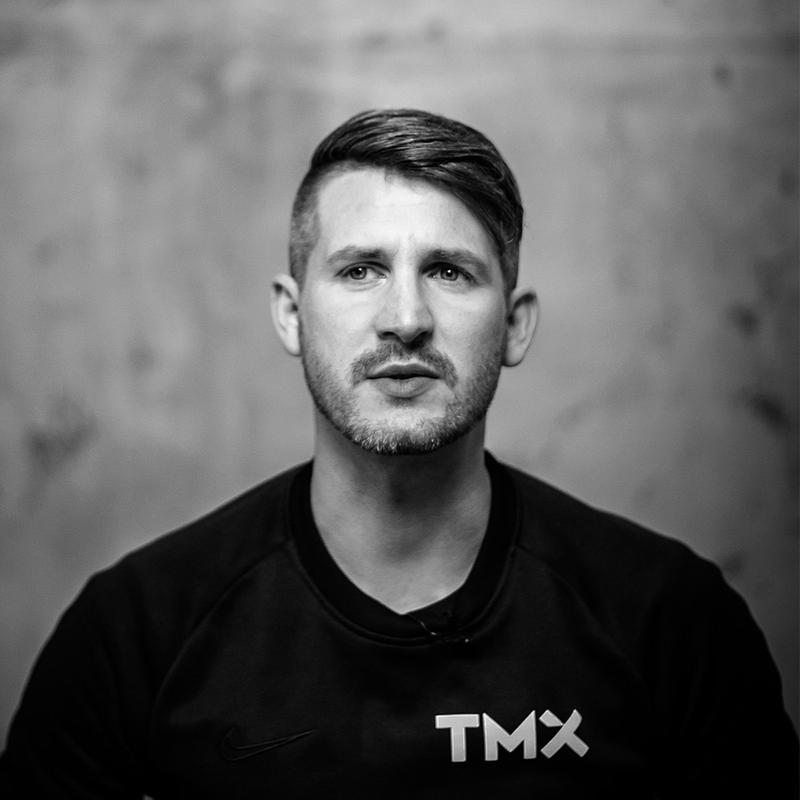
Q&A with TMX® – We put myths about pain to the test
Whether it’s a headache, knee pain or back pain – everyone of us has suffered from some kind of discomfort as a result of our sports program. We just need to rest, right?
Wrong! Experts actually advise to stay active. As paradoxical as it sounds, the right exercise will actually ease your suffering.
So for our next episode of Q&A, we spoke to renowned physiotherapist, osteopath and alternative practitioner Thomas Marx.

Thomas says that many people suffer long-term because their pain treatment is only superficial. His solution?
The TMX® Trigger. This self-treatment physiotherapy tool cures pain and alleviates symptoms long-term. Plus, through intense acupressure stimulus, the TMX® Trigger helps relieve muscle tension.
Q&A
Thomas Marx gets to the bottom of 3 myths about pain. Where does it come from and what’s the fastest way to make it go away? Then it’s your turn – if you have any more questions for our expert at TMX®, ask us on our Instagram channel. We’re hosting a live discussion with the founder of TMX® who will answer your questions on Monday February 8th at 5pm.
Myth 1 – Sleep position is the reason for your morning headaches
Do you get tension headaches in the morning? This is a common complaint amongst my patients. However, sleep position is not to blame – the origin of tension in the shoulder and neck muscles comes from everyday life, such as bad posture. When your body is stressed and tense, a protective reflex compensates which leads to joint pain and excess tension in the musculoskeletal system.
If you think you can get rid of tension in the neck by resting more, you are mistaken. A restful posture is poison for cramped muscles. Instead, I recommend a mixture of exercise and relaxation – muscle-strengthening gymnastics, for example, preferably two or three times a week. Yoga is particularly good for improving the mobility of the spine and it reduces stress, which is an underestimated risk factor for tension.
To prevent neck pain from developing in the first place, practice back-friendly behaviour in every day life. This involves changing your sitting or standing position more often, stretching extensively and ensuring sufficient daily movement. There are many exercises you can do to prevent regular neck pain. In addition to mobility exercises such as circling and dropping the shoulder blades, the source of pain can be counteracted with heat or even a TMX® Trigger.
Myth 2 – Knee pain comes from the knee
Knee pain is becoming an increasingly common ailment and I’m seeing it more in young people. But are diseases such as osteoarthritis, meniscus damage or rheumatism really responsible for the pain?
One of the main reasons for aching knees can be a lack of exercise. Sitting for a long time shortens the hip flexors and calves and makes them unyielding – however standing for a long time is problematic for the thighs. Such imbalances of your muscles, tendons and ligaments put uneven pressure on your knee which can lead to hardening and stiffness.
Increased muscle tension can really compress the knee, causing unbearable pain when bending or stretching. Depending on the muscle imbalance, even normal walking or climbing stairs can lead to painful knees.
Since both the calf and thigh muscles are severely shortened, it’s important to prevent these weak points by moving more in everyday life. Stretching your calves and thighs regularly, especially after exercise, is the be-all and end-all. Knee pain can also be reduced by massaging the back of the knee or by regular mobility training. A suitable exercise here is cycling in the air lying on your back, as the knee has to bear virtually no body weight.
Myth 3 – Back pain is caused by intervertebral discs
Back pain is often wrongly blamed on intervertebral discs. Intervertebral discs act as a kind of “shock absorber.” They allow suspension in the spine, absorb heavy loads and protect your bones. Sometimes slipped discs are caused by incorrect stresses in everyday life, such as sitting for too long. This causes tissue of the intervertebral disc between the vertebral bodies to press outward, and high-frequency pain occurs when the bulging disc or leaked tissue presses on a nerve.
However, there are many potential causes of back problems, and a lot of them don’t even originate in the back. Your posture, the way you walk, stress factors as well as your entire musculoskeletal system can result in back problems.
Staying as active as possible in your daily life and exercising regularly are among the most important things people can do to reduce risk of back pain. Core training has been shown to help, as well as Pilates, tai chi and yoga. As with headaches, heat therapy and the TMX® Trigger will loosen deep adhesions in the fasciae. Regular and targeted breathing exercises reinforce this. Place the hands on your back, direct your breathing into your back and inhale deeply. Regular morning back stretching exercises are a great way to prevent back pain.
Our conclusion
There’s one thing we can all agree on: if you snooze, you lose! Lack of exercise can make you sick in the long run. That’s why exercise is often the best therapy when your back hurts, your knees crack or your neck feels tense. Even when you’re in pain you should stay active and prevent further injury through gentle sports such as yoga, Pilates and back-health classes.



Comments